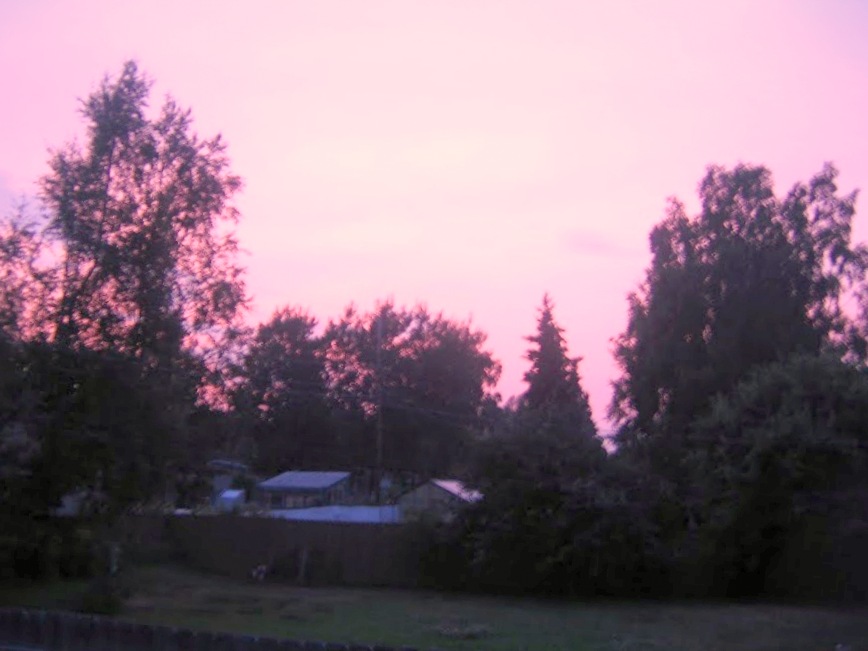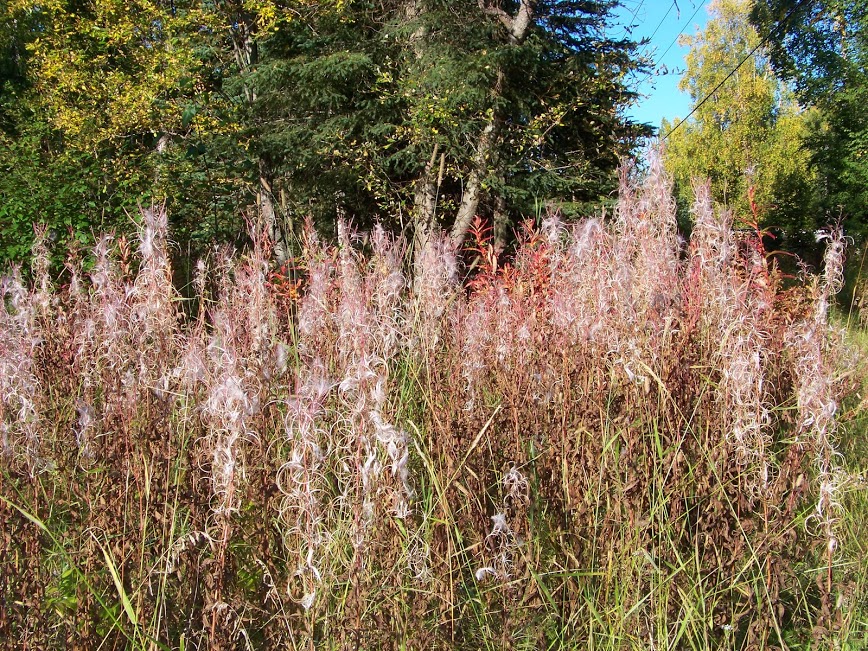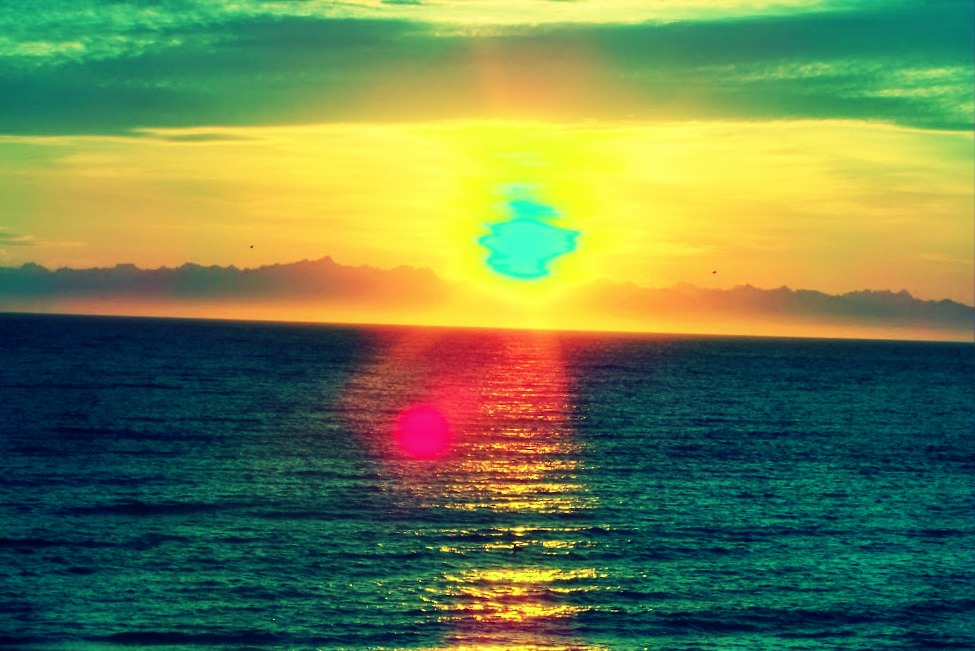Alaska on Fire
The orange sun rolled across the sky, setting the world on fire. It peered through the smoke and haze and continued to beat relentlessly, growing hotter and more merciless with each cloudless day. It had been an unusually warm winter. In fact, by the standards of old-timers, it wasn’t really a winter at all. Winter usually begins in October, with deep freezes at night, and crisp, clear days. For Halloween, trick or treaters are bundled in parkas, crunching through snow-pack. In November, the temperatures plunge and remain between zero and thirty degrees for the next three months.
Not this year. There were no freezes, no snow for October. November slipped through like a spoiled pussy cat. It wasn’t until mid-December that we began receiving snowfall, with only one below-zero, week-long cold spell in January. By February, the snow had begun to melt. By March, it was gone. By Alaskan standards, that’s phenomenal. March is that messy, mud puddle month we call break-up. It freezes at night, warms up during the day, melting the accumulated snowfall’s slowly, sometimes taking two steps back into winter. April continues the break-up tradition, polishing up the last of winter by early May.
April had no idea what to do with an already thawed-out and tidied-up landscape. Her best efforts to keep us seasonally traditional resulted in snow flurries that covered the ground with two inches of snow at night and were gone by mid-afternoon. Finally resigning herself to forces beyond her control, April settled down, leaving us with another non-traditional surprise; the leaves were budding on the trees by the first of May, a good two weeks ahead of schedule.
May wasn’t at all pleased with the early schedule. It was like stealing her thunder. Her reputation relied on suspense as she slowly drew in the summer winds and breathed life into the trees and shrubs. She brooded under clouds and fitful winds the whole month and leaked some of her complaints into June.
June is often our nicest month. It’s when the wildflowers bloom. It’s when the first warm winds of summer stir. It’s when the hours of daylight are so long, you forget time and simply live by your own rhythm. It has warm, pleasant days, but it doesn’t usually get very hot. The Cook Inlet is wetlands, with frequent cloud cover and rain to keep temperatures cool. June was pleasantly warm. June soon became unusually warm, with temperatures in the seventies, but it felt good. There were still enough clouds to provide shade, some sprinkling rain – then the skies cleared.
The Cook Inlet doesn’t usually see more than a few consecutive clear days in a row, which is a major reason for its temperate climate. Because the sun is 35 degrees lower than it is in the equatorial zone, it remains lower in the sky and feels closer. Its “high noon” is never quite overhead. Since the sun maintains a near twenty-four-hour rotation in the sky without setting, each clear day compounds the heat of the previous one. Three days of clear weather can boost the temperature from seventy to seventy-eight- degree weather.

By the end of June, the Cook Inlet had seen a solid week of clear weather. A few clouds had braved an appearance, but they evaporated without dropping a spot of rain. Rain was badly needed. The trees were drying out, along with the shrubs and low-growing plant life. Wildfires broke out. The most prominent was the Swan Lake fire, which burned uncontrollably close to the Sterling Highway and Kenai Peninsula homesteads. As fire crews struggled to beat it away from the highly flammable spruce and toward the water-rich alpine meadows, the heavy smoke, trapped against the mountains, drifted down the inlet, spreading through the Anchorage Bowl and Matanuska Valley.
By the Fourth of July, the temperature had soared to an unbelievable ninety degrees. The sky seemed hazy, but it wasn’t mist. It was smoke. In the evenings, when the low sun reflected on it, the sky turned red. It looked like a scene straight out of science fiction, but it was real.
The hot spell finally broke and cloud cover moved in. The air became more breathable once the Swan Lake fire became controlled, but we’re not out of the woods yet. The rain hasn’t come. Thirty-one fires were reported in the Anchorage area in one day. Forty-one fires currently rage through the Alaskan wilderness. The Hess fire, in the interior, has consumed nearly 173,000 acres and is threatening mining camps and the small town of Livengood.
With Regards to the Caribou
Putting out a wildfire in Alaska’s Southeast, Southwest and Central regions is a daunting task. There are several strikes against you. Alaska’s boreal forest consists primarily of black spruce, which turns dry and brittle with just a few days of sunshine. It burns explosively. The wetlands have a similar structure to the rest of the northwest; a variety of conifers, birch, cottonwood, willow, rugged mountains and wide alpine meadows, and a similar undergrowth of grasses, berries, wildflowers, ferns and mosses. These plants drink enormous amounts of water. Generally, they are fire resistant. A week of dry weather turns them to dry brush that can leap into fire with no more than a stray spark.
Not all fires are man-made. The Swan Lake fire was due to a lightning strike. Because of the concentrated light from the sun, wildfires often occur spontaneously where the ground cover has sufficiently dried.

Dry feather moss is one of the most combustible low-lying plants and is prevalent in northwestern forests. There is also a very tricky aspect to these low-lying plants. The fire can follow the root system underground and spring up again in a place several yards away.
I learned about this the hard way. When I was twelve years old, my siblings and I were burning some brush in a gravel gulley. It was usually safe, but this was an unusually dry, hot day. The fire leaped higher than we expected and caught a dead tree root sticking out of the bank of the gulley. It traveled up, and in an instant, the side of the bank was burning.
It took the entire volunteer fire department and half the town eight hours to put the fire out. We used hoses, water buckets, and beat at the flames with wet sheets. The fire would disappear in one spot, and pop back up in another. We smothered the fires. We dug holes and doused the root systems with water. I had seen fires pop back up so many times, that long after the fire was out and everyone had gone home, I was still seeing burning spots in the woods, sometimes so vividly, I would dash outside to put them out.
Along with moss, we had lichen. Lichen is a delicate plant. If it’s damaged, it can take up to thirty years to grow back, if at all. Ours didn’t. As I sat in the breeze on our first smoke-free afternoon, I thought sadly about lichen and the effect of the wildfires on the caribou’s favored cuisine. I decided to look it up. It was comforting news. Most of the interior wildfires are blazing in the boreal black spruce forest. They are largely detained from reaching the spongy meadows hosting caribou lichen (also known as reindeer lichen) through a water-absorbent moss called sphagnum. Sphagnum is dense, like peat moss, and takes a while to dry out.
While this relieved my thoughts over our already diminishing caribou herds, a more remarkable item in the study of Alaskan interior fires stood out. Despite what we may think, nature is on top of her act. Wherever a stand of black spruce is destroyed by fire, the more fire-resistant white spruce grows up in its place. That’s adaptation for you!
Adaptation is the final word in Alaska. We really don’t have much choice. This is the warmest year on record, but the warm-up has been continuing a long time. Winters have been getting shorter. Glaciers have been melting at a phenomenal rate. Several far northern villages had to move as coastal waters ate into their streets. The Iditarod that used to start next door in Eagle River, had to be moved north to Willow over fifteen years ago for lack of sufficient snow and cold weather and has never again been adequately wintry enough to host it.
Over the years, we’ve been invaded by a number of invasive species, from plant life to insects. They arrive in luggage, on the wheels of automobiles, by ship, by ferry. Usually, our winters are harsh enough to discourage more than one season of fleas, ticks, or itchy, nasty plants, but this is changing rapidly. Many of these uninvited stowaway’s are becoming multi-year residents.
Larger animals are crowding their way into the Alaskan environment. These have included the Atlantic Salmon, the Norway rat and the rock dove; all of which could produce a danger to the native species through predation or pathogens. Recently, goldfish, a highly predatory fish in the wild, were found in Cuddy’s Pond in Anchorage, along with turtles. How turtles made it through the winter, I’ll never know. Perhaps they found warm havens in the sewage tunnels. Traditionally, Alaska is not a very friendly climate toward cold-blooded animals.
If the warming trend continues, ultimately, we will probably lose the battle against the new wildlife migration. It’s not necessarily bad; just different. Already, we’ve reaped some benefits from our milder climate. We can grow corn, tomatoes and fruit-bearing apple trees, something we couldn’t do fifty years ago. Hummingbirds have begun to migrate to southeast/ south-central Alaska. We’ll lose something, some species may disappear, but if we are prepared, if we respect nature’s delicate balance, we’ll receive something back.

